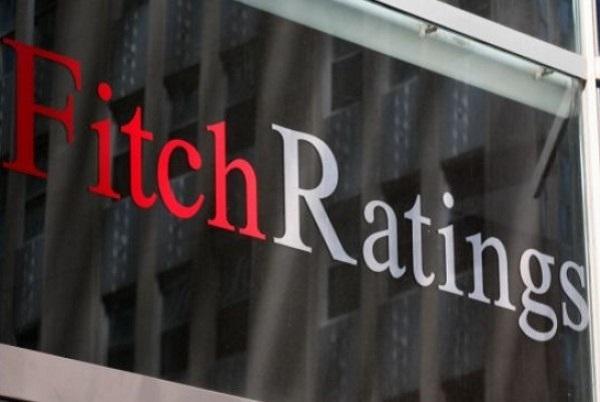Fitch Ratings-New York/London-09 November 2020: Panama’s latest changes to its fiscal rule reflect the negative impact of the coronavirus, but the revised rule still envisages gradual deficit reduction over the next five years, Fitch Ratings says. The economic and fiscal impact of the pandemic, along with the development of credible consolidation plans, will be key to resolving the Negative Outlook on Panama’s ‘BBB’ sovereign rating.
Panama’s legislative assembly approved modifications to fiscal responsibility law (LRSF) in late October. The law now sets the deficit ceiling at between 9% and 10.5% of GDP this year, 7% and 7.5% next year, 4% in 2022, 3% in 2023, 2% in 2024, and 1.5% thereafter. These ceilings are higher for 2020-2022, although the LRSF previously set the deficit ceiling at 2% from 2022.
Raising the deficit ceilings accommodates the pandemic’s inevitable fiscal impact, but it follows a decade of postponing consolidation goals that has weighed on policy credibility. This is the third consecutive year that the deficit ceilings have been modified. The LRSF’s 40% of GDP indicative threshold for net debt (gross debt minus sovereign wealth fund assets and assets held for pre-financing purposes) was breached when net debt reached 42.5% of GDP at end-2019. We do not expect Panama’s debt burden to return to below 40% over Fitch’s forecasting period.
The Negative Outlook on Panama’s sovereign rating predates the pandemic. The Outlook revision partly reflected higher fiscal deficit limits following an earlier LRSF amendment in late 2019 after the new government of President Laurentino Cortizo indicated that the previous administration had been accumulating arrears and using discretion in fiscal accounting to meet deficit targets. Improving fiscal policy credibility is particularly important to Panama’s rating in the absence of independent monetary policy.
The pandemic subsequently derailed the Cortizo government’s fiscal plans. Fitch estimates the 2020 fiscal deficit will reach close to 9.5% of GDP, in line with the Latin American average of 9.3%, mostly due to steep revenue declines as mobility restrictions and social distancing weigh on economic activity. Central government revenue fell 30.6% yoy in 9M20 and was 34% below the budget target. A support package worth nearly 3% of GDP included health spending, transfers to informal workers and small business owners, and extensions to tax payment deadlines.
A slow tax collection recovery starting next year should underpin the gradual consolidation path set out by the latest LRSF revision. But the revised 2021 budget presented to the legislative assembly still targets a deficit above 7% of GDP, as the government expects to reassign budget items rather than reduce fiscal support.
This means that prioritising growth now could support a revenue recovery that facilitates consolidation later given the importance of consumption to tax revenue in Panama. We forecast a real GDP contraction of 9% in 2020, slightly above the 7.8% average forecast contraction in Latin America, but we anticipate a moderate recovery of nearly 4% in 2021. This recovery would come on the back of a full year of production at Minera Panama’s copper mine, government-led infrastructure projects and a base effect (although the surge in unemployment, which is set to reach 25% by end-2020, will extend the retail commerce slump and is a risk to a recovery in government tax revenue).
However, wider deficits under the revised LRSF will weaken public debt dynamics. We forecast gross general government debt to jump to nearly 60% by end-2020 from 46.4% in 2019. Fitch forecasts consolidated general government debt (net of the social security government debt holdings) at 53.5% in 2020, surpassing the ‘BBB’ category median of 52.7%. Wide fiscal deficits will lead to a rising debt trajectory, albeit at a slower pace, over the next two years.
Stay Safe!!
